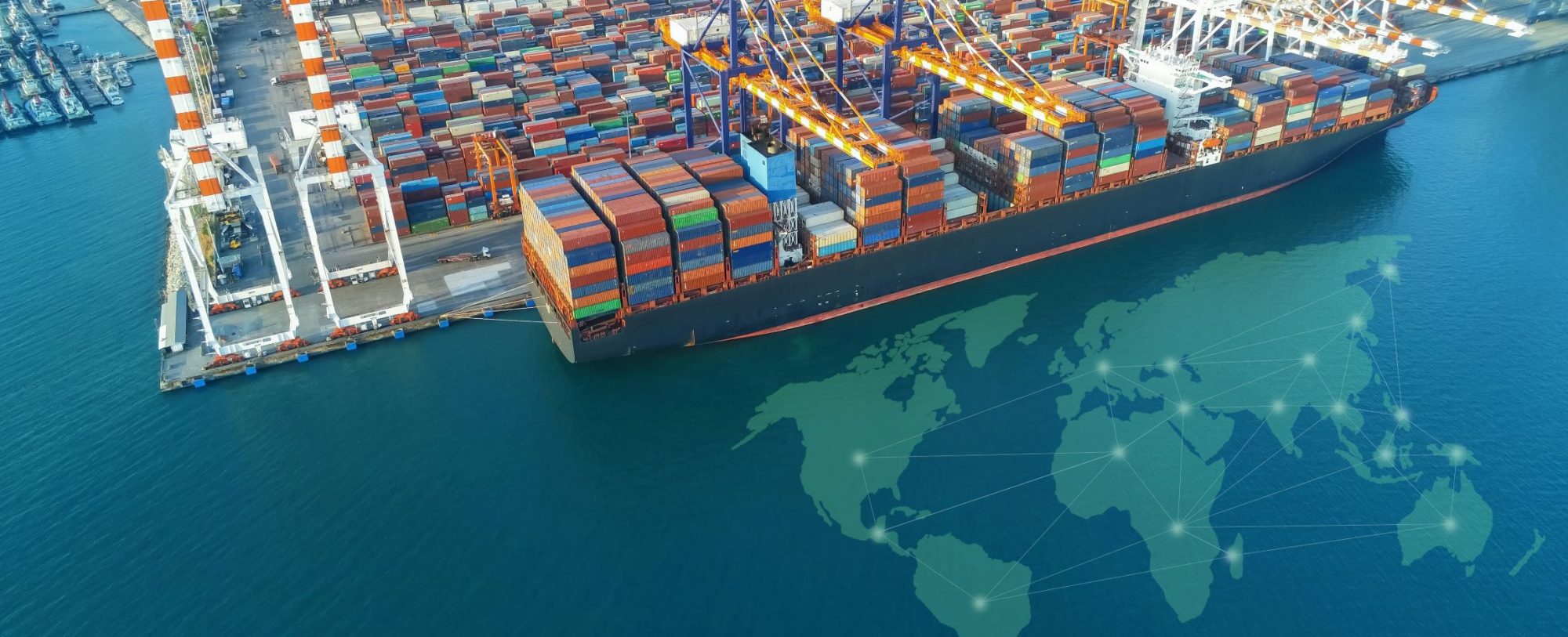We usually think of the trade of a commodity from an origin to a destination at a point of time as a singular value. However, there are two values pertaining to this notion. At one end, the country of origin registers the export of the commodity towards the destination (export value). At the other end, the country of destination registers the import of the commodity from the source (import value). These values together constitute the “mirror trade data”.
The fact is that the import and export values of a commodity between two countries at any point of time hardly every match. So, the “mirror” is distorted–looking more like a funhouse mirror!
The reasons for mismatch of the mirror trade data values are diverse, but among other reasons, one can imagine that what is exported from a country of origin at time t, will not be arriving to the destination country at the exact same time, and the distance between the partners of trade exacerbate this.
In this project, we especially explore this feature of mirror trade data to draw insights on the trade lead-time, i.e., how long it takes for the commodities to arrive from origin to destination.















